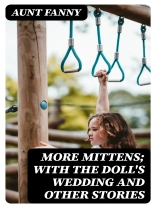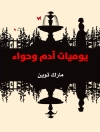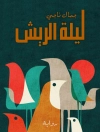In ‘More Mittens; with The Doll’s Wedding and Other Stories, ‘ Aunt Fanny presents a delightful tapestry of narratives that resonate with charm and moral undertones commonly found in children’s literature of the early 20th century. The book is marked by a playful yet didactic prose style, skillfully weaving together various whimsical tales that engage the imagination while instilling fundamental values such as friendship and kindness. This compilation not only serves to entertain young readers but also invites them to revel in the enchantment of storytelling, reminiscent of the works of contemporaries like Frances Hodgson Burnett and L. Frank Baum, who similarly nurtured a sense of wonder in their audience. Aunt Fanny, an esteemed author of children’s literature, captures the spirit of her time through her nuanced understanding of child psychology and developmental needs. Her experiences as a caregiver and her keen observations of childhood behaviors deeply influenced her narratives, imbuing them with authenticity and relatability. By drawing from her own childhood memories and social context, she crafts a world where children can navigate their curiosity and emotional experiences safely. ‘More Mittens’ is a treasure trove for both young readers and adults seeking to reconnect with the innocence of childhood. It is highly recommended for parents looking to instill positive values in their children and for educators seeking enchanting stories that promote discussion on essential life lessons.
Tentang Penulis
Aunt Fanny is the pen name of Frances Elizabeth Barrow (1822–94), a 19th-century American writer who gained recognition for her children’s stories and domestic tales. Her narrative voice often took on a nurturing and guiding tone, which resonated with her young readers and matched the literary style of her time, where moral and instructive stories were appreciated in juvenile literature. Barrow published several works, one of which is ‘More Mittens; with The Doll’s Wedding and Other Stories’, where she explores themes of domesticity, morality, and the vicissitudes of childhood through engaging and didactic tales. Her stories frequently provided a blend of entertainment and lessons about virtue, reflecting the Victorian era’s values in child-rearing and education. Despite her contributions to children’s literature, detailed biographical information about Aunt Fanny remains relatively obscure, making her one of the many 19th-century women writers whose personal lives elude extensive documentation. Nonetheless, her literary output has carved a niche in the historical canon of children’s fiction, leaving a legacy that highlights the significance of storytelling in nurturing young minds and morals. Her work remains a testament to the genre of children’s literature during her time, and an interesting artifact for those studying the evolution of storytelling for children.












